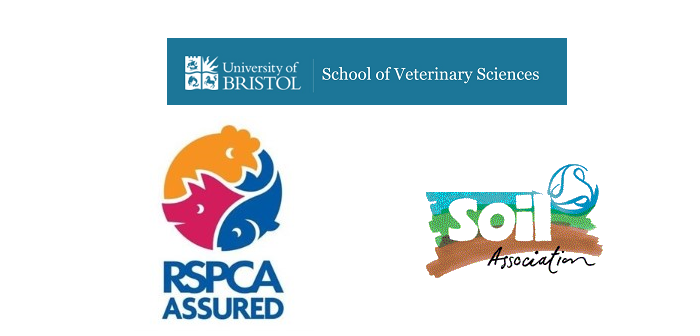The positive impact of monitoring key welfare issues, as part of good on-farm management, has been highlighted by the results of a UK-based research study in which both a reduction in feather loss and improvements in the general welfare of cage-free laying hens has been observed.
The two-study, carried out by veterinary scientists from the University of Bristol in conjunction with the RSPCA and the Soil Association, involved an assessment of feather loss in birds in the head and neck (HN) area and the back and vent (BV) area.
To support the observations, assessors were trained in feedback techniques, designed to encourage change in farmer behaviour to improve welfare. In addition, during the second year of the study, farmers were asked about the changes they had made or intended to make in the future.
Data was analysed from 830 farms in year one and 743 farms year two. This revealed an 11% reduction of feather loss between the two years (from 31.8% to 20.8%) for the HN area, and a 10% reduction for BV (from 33.1% to 22.7%).
When questioned, 59% of the 662 farmers who responded, said they’d made changes on their farms during the first year to improve bird welfare.
“We estimate that around 1.8 million more hens were fully feathered in year two compared to year one,” said the University of Bristol’s Dr Siobhan Mullan who co-ordinated the study. “This is the first study to demonstrate the value to animal welfare of certification schemes monitoring the effectiveness of their own and other industry-led interventions to guide future policy.”
The Soil Association’s animal welfare advisor, Dr Jessica Stokes, agreed, adding that the work highlighted the importance of sustained on-farm monitoring and collective industry action to reduce key welfare issues.


